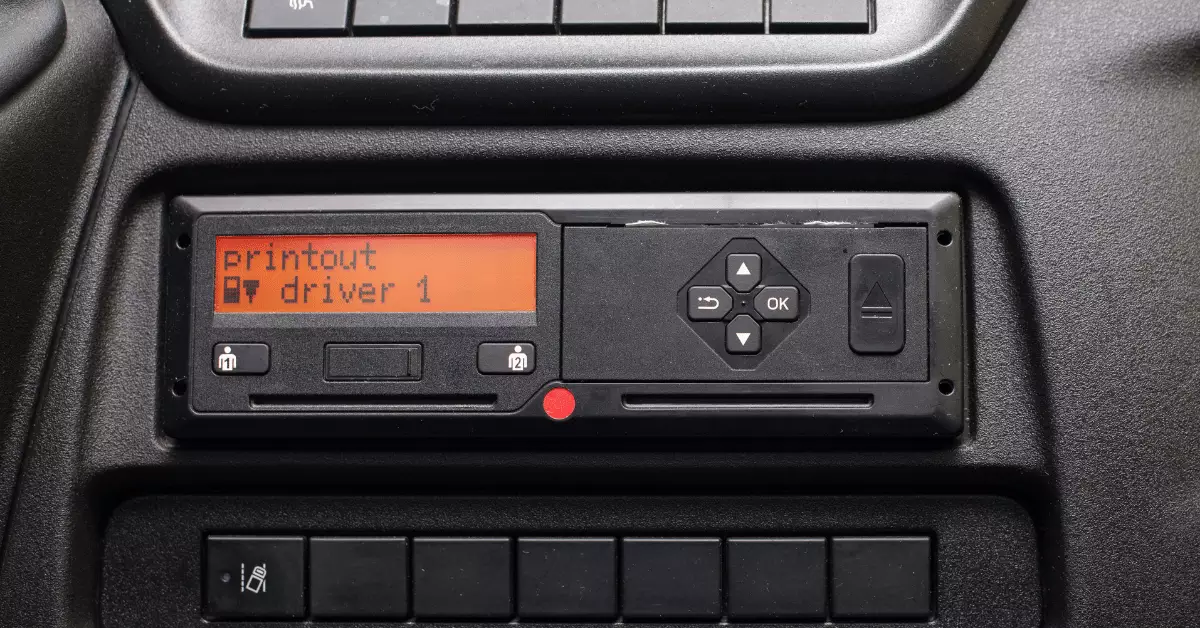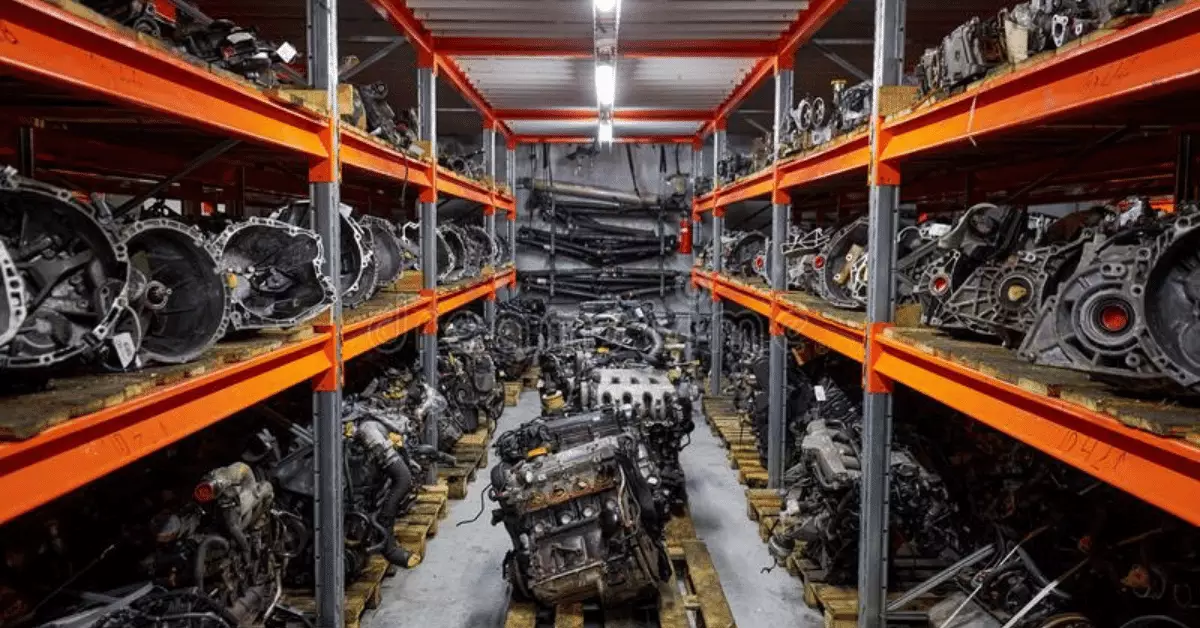
Commercial and heavy-duty vehicles cannot operate without the digital tachograph and the tachograph card, so it continues to be extremely important for fleet managers and drivers.
The use of the digital tachograph is mandatory in the European Union for all goods vehicles manufactured after January 2006.
This legal obligation is doubled by the performance of the digital device which gives the user the possibility to record and store the data safely, to access it quickly, to be able to analyze it and the impossibility of manipulating the data in the tachograph chart.
The information recorded by the digital tachograph is stored both on the cards and in the internal memory of the tachograph. To read and interpret the data recorded by the digital tachograph, the fleet manager needs special software.
Documents required for the tachograph card
Obtaining the tachograph card for the driver requires the submission of the following documents:
- Application form;
- Copy of identity document;
- Copy of driving license (categories C, C1, D, D1);
- Copy of proof of residency in Romania;
- Recent 25×32 mm bulletin-type photo;
- Receipt proving the payment of the fee for issuing the card;
*Foreign citizens who come from countries outside the EU will additionally submit proof of the right to work in Romania.
Tachograph card for the company – allows to block and download information from the tachograph.
The tachograph card is valid for 5 years and is obtained based on the following documents:
- standard application available at the ARR territorial agency;
- proof of payment for the card issuance fee.
Service tachograph card – is valid for 1 year and is used for activation, mounting or saving data.
The necessary documents to obtain the tachograph card for service are
- Application form;
- Copy of authorization from ARR;
- Copy of the identity card of the nominated technician;
- Receipt proving the payment of the card issuance fee.
Driving and rest times imposed by European legislation
- 9 hours/day, with a maximum of 4 and a half hours without stopping and a minimum of 45 minutes break;
- weekly, drivers can drive a maximum of 56 hours and cannot exceed 90 hours over a period of 2 consecutive weeks;
- daily rest is at least 11 hours, and weekly at least 45 hours.
Transport vehicles must install a high-performance digital tachograph at first registration, to reduce fraud in terms of fuel consumption, declaration of working, rest and break times. The digital tachograph helps to avoid chart manipulation, passenger safety and keeping vigilance in traffic.
Types of tachographs
There are different types of tachograph on the market: analogue, electronic and digital. They are at the disposal of freight transport companies and aim at the development and modernization of transport services, the elimination of situations in which drivers hide situations in which they lie about rest and break times that must be respected.
The analog tachograph
The analogue tachograph works on the basis of mechanical links to the gearbox. A speed limitation system cannot be mounted on this type of tachograph, therefore it is gradually being replaced by the digital tachograph.
One type of analog device is the disc tachograph. A chart is entered into the tachograph at the beginning of the route and must be removed at the end of the working day.
These diagrams are kept by the driver for 28 calendar days, after which they must be handed over to the fleet manager or directly to the employer. On analog tachographs, rest times or other activities other than driving are recorded manually.
Electronic tachograph
With the help of the electronic tachograph, the information is transferred through an electrical cable from the pulser to the tachograph. The drive generates pulses that are converted into data by the tachograph. Model 1318 is the electronic device that records working times automatically.
Analog or electronic tachographs do not facilitate the installation of speed limiters, and the accuracy with which they transmit information is lower. They are gradually being replaced by digital tachographs because they allow speed, stops, rest times to be recorded and data to be downloaded more quickly through a special program.
Digital tachograph
The digital tachograph is the device that keeps in its internal memory all the details of a trip and the way the driver drives. It also offers the possibility of printing the information, but it is especially useful for downloading, archiving and data processing which has also become a legal obligation.
The information recorded by the on-board computer is memorized by the digital tachograph and stored until it is downloaded using the dedicated program.
The main information that the digital tachograph records
- Vehicle registration number;
- Driver’s identity;
- Driver activity;
- The speed with which it was driven;
- The number of kilometers traveled;
- Service checks;
- Control activities.
Accessing and analyzing the data provided by tachographs is very important for car fleet managers because they can obtain various reports of driver activity and have better control over how drivers drive.
The main advantage of the digital tachograph is to increase management efficiency from the perspective of time and resources consumed during a race.
Tachograph legislation
What are the driver’s legal obligations?
The main risks for a transport fleet and for drivers, by implication, are directly related to health and safety behind the wheel. That is why, at the level of the European Union, a directive was issued, also transposed into Romanian legislation, regarding the working time and rest time of drivers on the route (Directive 2000/34/CE). Thus, in an interval of 7 days the maximum length of work is 48 hours and the rest is 11 hours.
In this context, the main legal obligations of a driver refer to:
- Improper use of the driver’s card;
- Exclusive use of the personal card, associated with the identification data of each individual driver;
- Downloading the data recorded on the personal tachograph card, every 28 days;
- It is mandatory to renew the tachograph card at least 15 days before its expiry;
- Compliance with driving and rest times;
What are the legal obligations of fleet companies?
- The digital tachograph must be part of the vehicle equipment;
- The data from the tachograph card must be downloaded once every 90 days;
- Copies of the digital data stored in the tachograph for each vehicle;
- Checking the tachograph once every 2 years, at authorized services;
Storing and downloading data from the tachograph card
The information recorded on the tachograph card must be kept on the internal memory or in copies of the data for a period of at least one year, the period required in case of inspection by the control bodies.
The data recorded by the tachograph card are used to verify compliance with DHL, the English acronym for Driver’s Hours Law, or Driving and Rest Times. According to the Working Time Directive, the maximum length of a working week is 48 hours in 7 days, and the minimum rest period in 24 hours is 11 hours.
The legislation in force obliges drivers once every 28 days to provide the data recorded by the tachograph and stored on the driver card to be read. Even after reading, the data must be kept for at least one year, in case of inspection. The data on the digital tachograph must be fully downloaded once every three months. Digital tachographs are designed to store approximately 365 days of data, and when its memory is full, the oldest data is overwritten.
Transport companies are obliged to make copies of the data stored on the digital tachographs of each individual vehicle, and the tachographs themselves must be checked once every 2 years by specialized services, authorized for this type of activity.
CargoTrack helps you manage digital tachographs efficiently:
Reading mode – downloading tachograph data
With the Tachograph module offered by CargoTrack you will be able to download the data from the digital tachograph and those from the driver’s card remotely. Moreover, the solution for downloading data from the tachograph simplifies the process of accounting for them as all information is collected automatically.
Analysis of tachograph activity times
With the CargoTrack module for the analysis of activity times recorded on the tachograph, you can automate the process of managing activity times for each driver. With the digitization of this process, human error in calculating periods of activity and inactivity is also eliminated, creating a consistent and convenient way to analyze data.
The time analysis module in the tachograph is specially configured for European legislation.
Benefits obtained:
- Optimizing costs by eliminating periodic travel for unloading;
- Calculation of drivers’ salaries according to driving and rest times;
- The possibility of automating tachograph downloads required by law;
- Saving time for dispatchers and fleet managers;
- Report of times driven or remaining for each day and week in progress;
- Rest time report;
- Report for exceeding recommended driving times.



